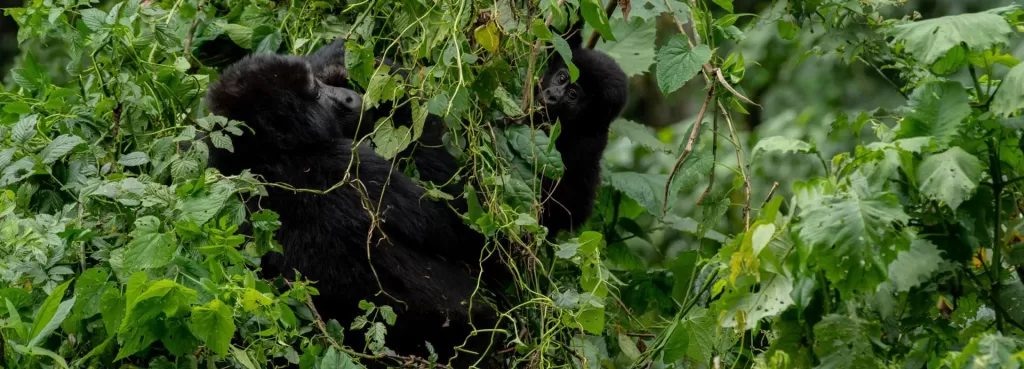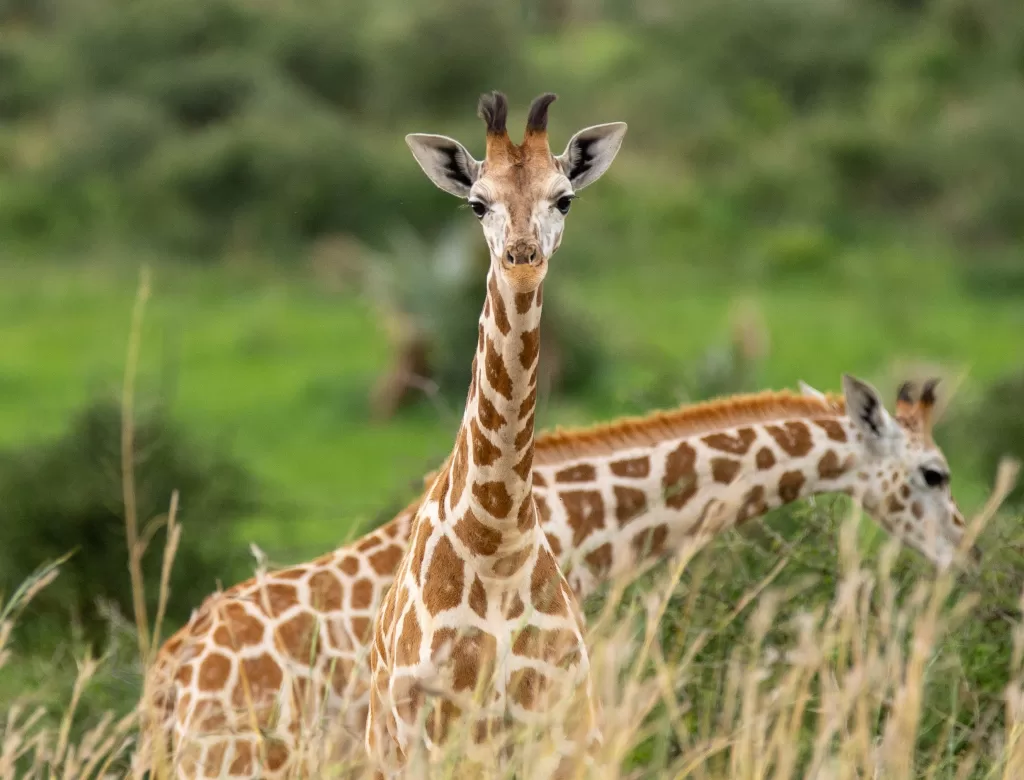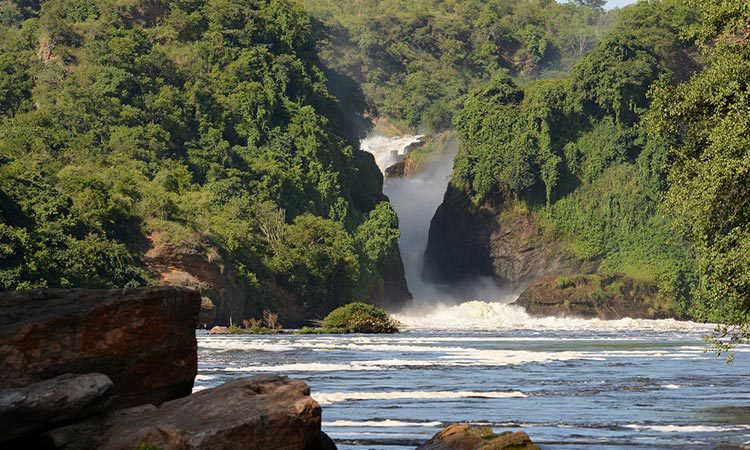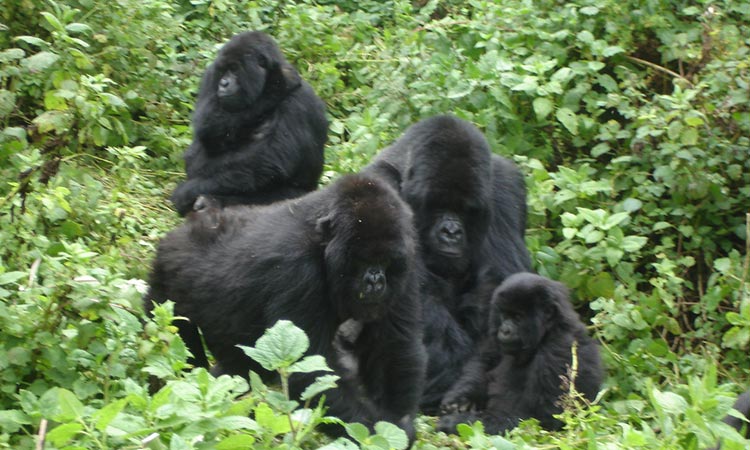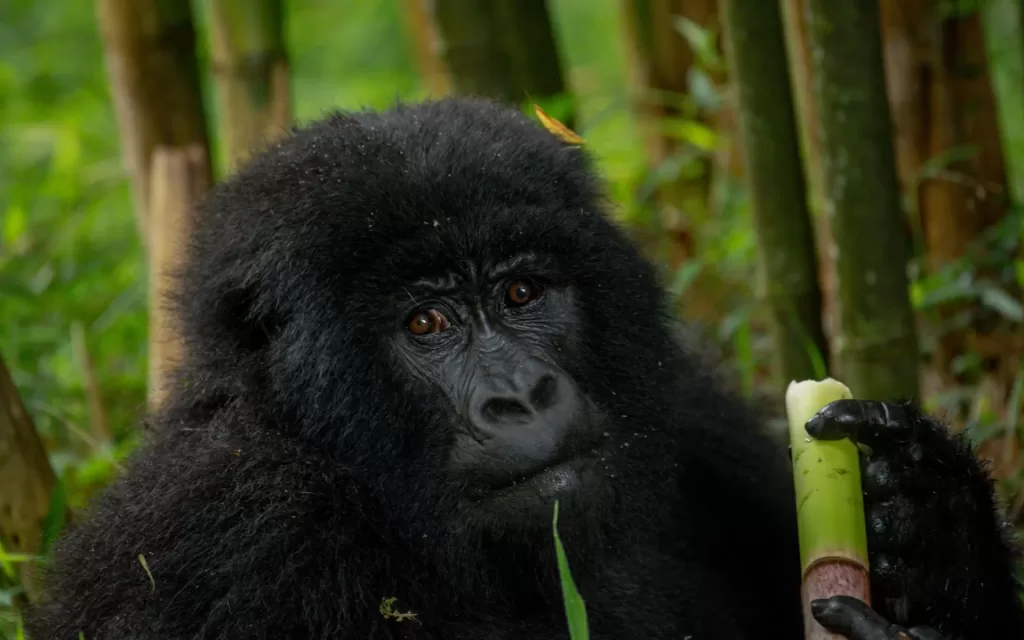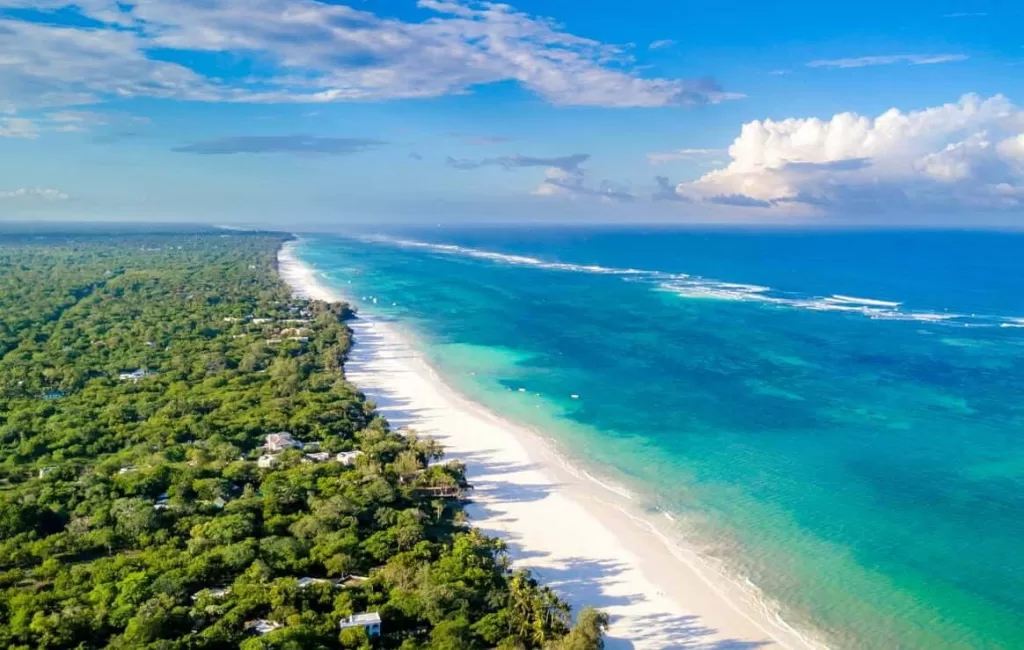Tsavo East National Park
Home » Kenya Safari Experiences »Tsavo East National Park
Tsavo National Park is the oldest and largest national park in the country. It is situated in the Semi-arid area of the famous Taru Desert. It borders the Tsavo West National Park which was part of the Tsavo East National Park before the construction of the A109 road along with the railway line that connects the interior of Kenya with the coastal Areas.
It is 250 km away from the city and comprises grasslands savanna and riverbeds created by the Tsavo and Athi Rivers which combine into the Galana River. Tsavo remained the homeland for Orma pastoralists and Watha hunter-gatherers until 1948 when it was gazetted as a national park.
At that time, the Orma with their livestock were driven off and the aboriginal population of the Watha people was forcefully relocated to Voi and Mtito Andei as well as other locations within the nearby Taita Hills
Things to do and see in Tsavo East National Park
Mudanda Rock
Mudanda Rock in Tsavo East National Park is 1.6 km long and attracts plenty of wildlife. It is a water catchment spot supplying water to the natural dam situated below it and a watering area where animals come to drink water most especially in the dry season.
Mudanda Rock is also an excellent viewing point in the park used by many tourists to view animals in the park such as elephants, wildebeest, and buffaloes anymore which come to drink water.
Yatta Plateau
Yatta plateau is the world’s longest lava flow, 290 km formed as a result of lava that formed the OlDoinyoSabuj Mountain during the eruption process. Yatta plateau rises over 100m from its neighboring lands and runs along the western border of Tsavo East National Park above the Athi River. Visitors can enjoy refreshing scenery accompanied by the history of its formation.
Lugard Falls
Lugard Falls is one of the spectacular features found in Tsavo East National Park and is great for walking safaris in the park. The falls feature a series of whitewater rapids and are formed in the Galana River. Lugard Falls is named after a British explorer and colonial administrator by the name of Fredrick Lugard who arrived in Mombasa early in 1888.
The unique beauty of the site comes from the multi-colored rocks with strips of pink, light grey, and white. The falls are ideal to climb around the eroded rocks or walk down the river for a better view of the rapids.
They are a habitat of giant crocodiles and hippopotamus and there is a crocodile point not more than a kilometre below the falls. You can visit the falls from 9:00 am to 6:00 pm every day from Monday to Sunday.
Galana and Tsavo River
Tsavo East National Park is crossed by two rivers of Galana River and Tsavo River, these two rivers are some of the main water sources flowing in the park. Tsavo River runs through the 2 Tsavo National Parks that is Tsavo East National Park and Tsavo West National Park joins the Athi River to form the Galana River.
Galana River has its origins in the southeastern Kenya highlands and drains into the Indian Ocean where it pours its water. Galana River is infested with crocodiles which are mesmerizing to watch while on a Kenya wildlife viewing safari in Tsavo East National Park.
Kanderi Swamp
Kanderi Swamp is 10km from Voi Gate and is one of the water sources feeding the ecosystem of Tsavo East National Park. Kanderi swamp lies along the Voi River and as a water source, the river attracts a huge number of animals. The game drive is great for viewing many animals such as elephants, buffaloes, antelopes, leopards, and hartebeests among others.
A short track off the main track through the park loops around to a vantage point overlooking the swamp is a lovely spot close to sunset with elephants, giraffes, and other plains wildlife streaming across the grasslands.
Aruba Dam
Aruba Dam is a water reservoir in Tsavo East National Park built in 1952 along the Voi River, Aruba dam is one of the excellent Kenya Wildlife viewing spots in Tsavo National Park. Aruba Dam attracts thousands of animals to Tsavo National Park most especially in the dry season as animals crowd the dam to drink water. There are also a variety of birds around the dam.
Game Safaris
Wildlife safaris are great in Tsavo East National Park which hosts a recorded number of 675 wildlife. The park hosts the Big 5 and is famous for its “Red Elephants” due to the color of the soil in the park. Other animals often spotted in the park are the Dik-Dik, the Lesser Kudu, Gerenuk, leopards, cheetah, buffalos, black rhinos, gazelle, impala, aardwolf, Grevy, and plain’s zebra. There are also some Primates found in Tsavo East National Park including Skye’s monkey and Yellow baboons.
Sun Downers
Sunset over the Tsavo plains is a sight to behold and the sundowner experience is a must for all our guests. At the end of a leisurely late-afternoon game drive, your driver/guide will take you to the special sundowner spot. Sit back and enjoy the sun slip behind the Sagala Hills and listen to the call to the wilderness. Some snacks will be served and chilled drinks.
For aspiring photographers, look out for the sunset moments as you take in the magic light of soft golden light over the Kenyan Wilderness.
Birding in Tsavo East National Park
Tsavo East National Park has over 500 bird species. Birds recorded include the Somali Ostrich, Somalia bee-eater, Acrocephalus, Griselda’s, Camerodius albums, Taita falcon, Slender-tailed nightjar, Rufous chatter, Red-bellied parrot, Northern brownbul, Pamngani long claw, Martial eagle, Lesser kestrel, Africa Fin foot, Fisher’s starling and among so many bird species in the park. There are also migrant bird species in the park from November to April.
Where to stay in Tsavo East National Park
Galdessa Camp
Galdessa Camp is situated on the banks of the Galana River surrounded by beautiful doum palms inside the park overlooking the Yata Plateau. This Kenya safari camp is built on the southern bank of the river under shady Doum Palms. The riverside location means that there are often wildlife sightings from the dining room.
There are 11 en-suite luxury bungalows on elevated wooden decks under attractive thatched shades. The accommodation is strategically situated on the property to maximize your wilderness experience and privacy. Other facilities include a common area reception and lounge area.
Satao Elerai Camp
Satao Camp is an unfenced camp in the heart of the Tsavo East National Park. It is shaded by a grove of Tamarind Trees and overlooks a popular waterhole. The camp offers an Out of Africa-style safari experience with guided game drives led by knowledgeable local guides.
The camp boasts 20 authentic safari-style en-suite tents, each with private verandahs, nestled among the tamarind trees surrounding the camp’s very own watering hole. The tents are carefully positioned to allow uninterrupted views of the visiting wildlife whilst ensuring total privacy.
There are 16 tents and 4 suites all attractively furnished to a unique African design. The suites are larger and positioned closest to the water hole. The camp does not have fences so giraffes wandering through the camp along with impalas, zebras, monkeys, and baboons are a common occurrence. Other facilities include a watch tower, a bar, and a lounge.
Ashnil Aruba Lodge
Ashnil Aruba Lodge is a mid-range accommodation conveniently located beside the Aruba Dam built along the Voi River. It has a total of 52 ensuite rooms for guests vacationing in this expanse of south-eastern Kenya, sited in 46 single-story cottages and 6 tents. Other facilities include a lounge area, a bar, and a swimming pool. The dining area is also a red-tiled structure and overlooks the watering hole.
When is the best time to Visit Tsavo East National Park?
The long dry season of Tsavo is ideal to visit the park. The lack of rainfall from July to October means that few water and food sources are available to the animals. As a result, a lot of animals move to locations with permanent water, such as rivers and springs making game viewing easy.
The short, hot-dry season in January and February is also great for game viewing. The long rainy season is from March to May and parts of June. makes it a challenge to navigate the game tracks as the tracks are slippery.
The landscape springs to life with dense, lush vegetation, and seasonal watering holes are replenished. Wildlife disperses across the park though. For birding expeditions, October to April is best when migratory species join the resident species. During these months, you not only record local species but also species that relocate to the park during the European winter months.
Getting to Tsavo East National Park
By Road: The main road from Nairobi to Mombasa covers 250 km. If entering through the Mtito Andei gate it’s 233 km. If in Mombasa through Voi it’s only 96 kilometres. You can also use the Western Road (C103) which enters the park through Sala. This covers a total distance of 153 km
By Air: As the area is so vast several of the camps and private lodges have their private airstrips, namely at Voi Sala Airstrip, Aruba Airstrip, Satao Airstrip, Sala Airstrip, Ithumba Airstrip, Sangayaya Airstrip, Mopeo Airstrip, and Bachuma Airstrip. Several domestic flights operate daily from Nairobi Wilson Airport and Mombasa.
ABOUT TRAVELERS LINK AFRICA
Our mission at Travelers Link Africa is to connect people to positive travel experiences enabling them to see the world differently, transforming lives and the communities visited.
To do this we offer authentic travel experiences taking you on both an outer adventure and an inner journey to create memories of a lifetime with Uganda, Kenya, Tanzania, and Rwanda
CONNECT WITH US
We’re here to help, so get in touch with our friendly travel consultants to book your package or add customizations your safari
Our main phone number is
+256 754 062 366
– OR –

